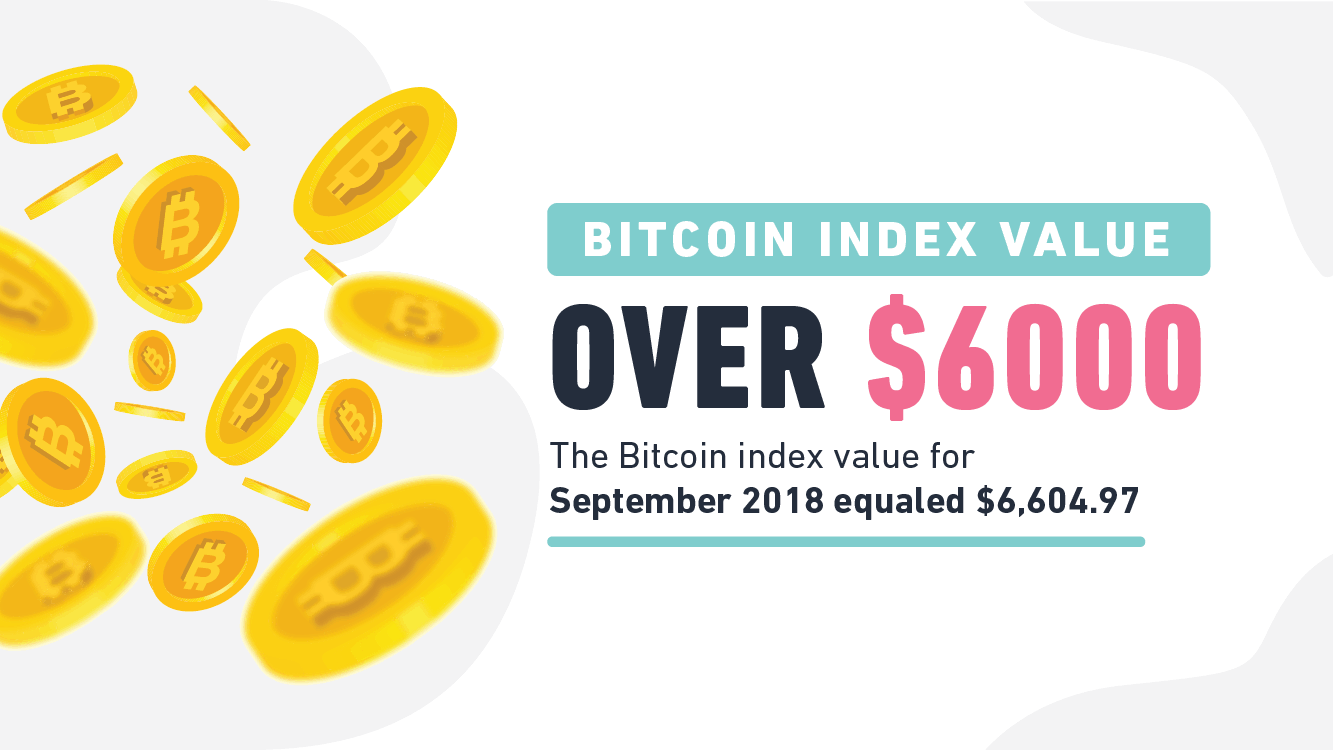You may have come across the term blockchain technology before. This most likely would have been in reference to Bitcoin or other cryptocurrency. If you’ve never heard of the term or don’t know anything about cryptocurrency, not to worry!
This guide is designed to make you familiar with all of the potentially confusing terminology and what it means.
What is Blockchain Technology?
The first real application of blockchain technology was initiated in 2009 when Bitcoin was released. Bitcoin is the currency and blockchain is the technology behind it. Cryptocurrency simply refers to digital currency that is underpinned by a blockchain.
Bitcoin was born from a person, or group of people (no one actually knows) referred to as Satoshi Nakamoto. Their identity is unknown, but their creation (Bitcoin) quickly became popular since its release in 2009. It was labelled as Bitcoin: A Peer-to-Peer Electronic Cash System.
Bitcoin Blockchain
The blockchain (technology) behind Bitcoin currency is a public ledger. It covers every transaction that has ever occurred. The beauty of blockchain is that it can’t be changed or interfered with, making it a secure option of payment.

Here’s a few statistics that we know about Bitcoin:
#1 | Financial services are the biggest demographic
Bitcoin’s largest demographic is the financial services/investments services industry with 8.14% of community interests

#2 | Gender plays a big part with males
91.22% of Bitcoin users are male. Although the gender scales are more balanced within the IT industry, female users haven’t taken to Bitcoin like male users.
#3 | Majority of transactions are on desktop
76% of Bitcoin transactions are performed on desktop, compared to 20.88% on mobile. Surprising perhaps given the mobile usage market is continually on the rise.
#4 | Bitcoin index value over $6000
The Bitcoin index value for September 2018 equaled $6,604.97
How does it work?
We all know that traditional currency is ‘managed’ by banks. Bitcoin doesn’t have a central authority like traditional currency, which has its pros and cons. Cryptocurrency is maintained by what we know as miners.
Miners are people who run their own computers. These purpose-built computers are constantly competing to solve very complex mathematical puzzles to complete a transaction. Now, I know that sounds really confusing, but don’t worry, we’ll get there! Here’s an example:
- People are making Bitcoin transactions
- Each transaction comes from a purse/wallet with a private key
- This private key proves that the transaction has originated from the owner of the purse/wallet
All over the world these transactions are taking place. All of the individual transactions are bulked together into a block. The block gets released to the Bitcoin network which is made up of the purpose-built computers.
When the mathematical problems get solved, the ‘winner’ is rewarded with Bitcoin. Once the block can be validated it gets added to previous blocks, eventually creating a chain. Hence the term, blockchain.
Advantages

Decentralization: Blockchain cannot be a ‘victim’ of censorship, corruption, or tampering. It uses a peer-to-peer (P2P) network. Due to P2P, ledgers are stored across multiple locations (exceeding 35,000 nodes). So, unless you can physically track down all 35,000 of those, it cannot be destroyed.
Transparency: All transactions recorded on the blockchain are transparent. What I mean by this is that they are all publicly accessible and visible by everyone.
Security: Do you remember I mentioned about keys earlier? Blockchain technology is secure because transactions require a key. All pieces of data are encrypted and saved in blocks to be verified. Verification must take place in order to ‘unlock’ the data.
Speed/Efficiency: Because blockchain is application-based, there’s no physical data, paperwork, etc. This automatically eliminates the time it takes to store information because the technology has already done that for you. There’s also a massive reduction of human error, making the whole process much more efficient.
Cost: Blockchain doesn’t rely on intermediaries. That means there’s no middleman to manage transactions. Immediately, this eliminates any overhead costs that would have otherwise been spent on third parties.
Did you know?
#5 | The first ledger appeared 7,000 years ago
Although the economic exchange was actually human exchange, ledgers were first seen over 7000 years ago
#6 | Over 100 startup companies formed to develop blockchain solutions
100 startup companies from 45 countries partnered with UNICEF to develop blockchain solutions
#7 | Ethereum cryptocurrency is on the rise
Ethereum has 30x more miners than the next blockchain community

Disadvantages
Complexity: Undoubtedly, blockchain technology is complex (hence this guide)! It’s not the type of language or industry you could just pick up and run with. But, being that it is so complex kind of makes it an advantage too.
Security flaw: When Bitcoin was launched, Satoshi Nakamoto highlighted a notable security flaw. If more than 50% of the computers working as nodes tell a lie, that lie becomes the truth. Mining pools are therefore monitored closely by the community.
Other blockchains
Blockchain technology doesn’t just refer to Bitcoin. There are plenty of other companies that use blockchain platforms, such as, Ethereum, R3, IBM, Hyperledger, etc.

Ethereum’s digital currency, or digital coin, is known as ether. It specialises in smart contracts. Ether is the second biggest cryptocurrency in the world, noted by value. The price of Ethereum for the end of September 2018 amounted to 235.39 U.S. dollars. Much like Bitcoin, Ethereum is also public.

For those who are interested in cross-border transactions, Ripple is the main blockchain for this. Moving currency from one country to another, and one currency to another, can take a long time. It’s also an expensive process that requires multiple middle-men to assist the transaction.
Ripple’s crytocurrency is known as XRP. The blockchain system associated to Ripple is known as xCurrent. The purpose of xCurrent is to cut out third parties or middle-men, reducing transactions down to seconds.
#8 | Cryptocurrency is mentioned every few seconds
Every 3 seconds someone on social media is posting about cryptocurrency; specifically Bitcoin
#9 | 31% of Brits won’t purchase Bitcoin
Around 31% of people in the U.K. won’t purchase Bitcoin because they believe it’s high risk

#10 | Bitcoin is the most expensive virtual currency
The most expensive virtual currency is Bitcoin. As of October 12, 2018, Bitcoin was valued at $6,285.99
#11 | Millenials represent a large portion of Bitcoin investors
The majority of Bitcoin investors fall into the younger age bracket of 18-34 year olds




















